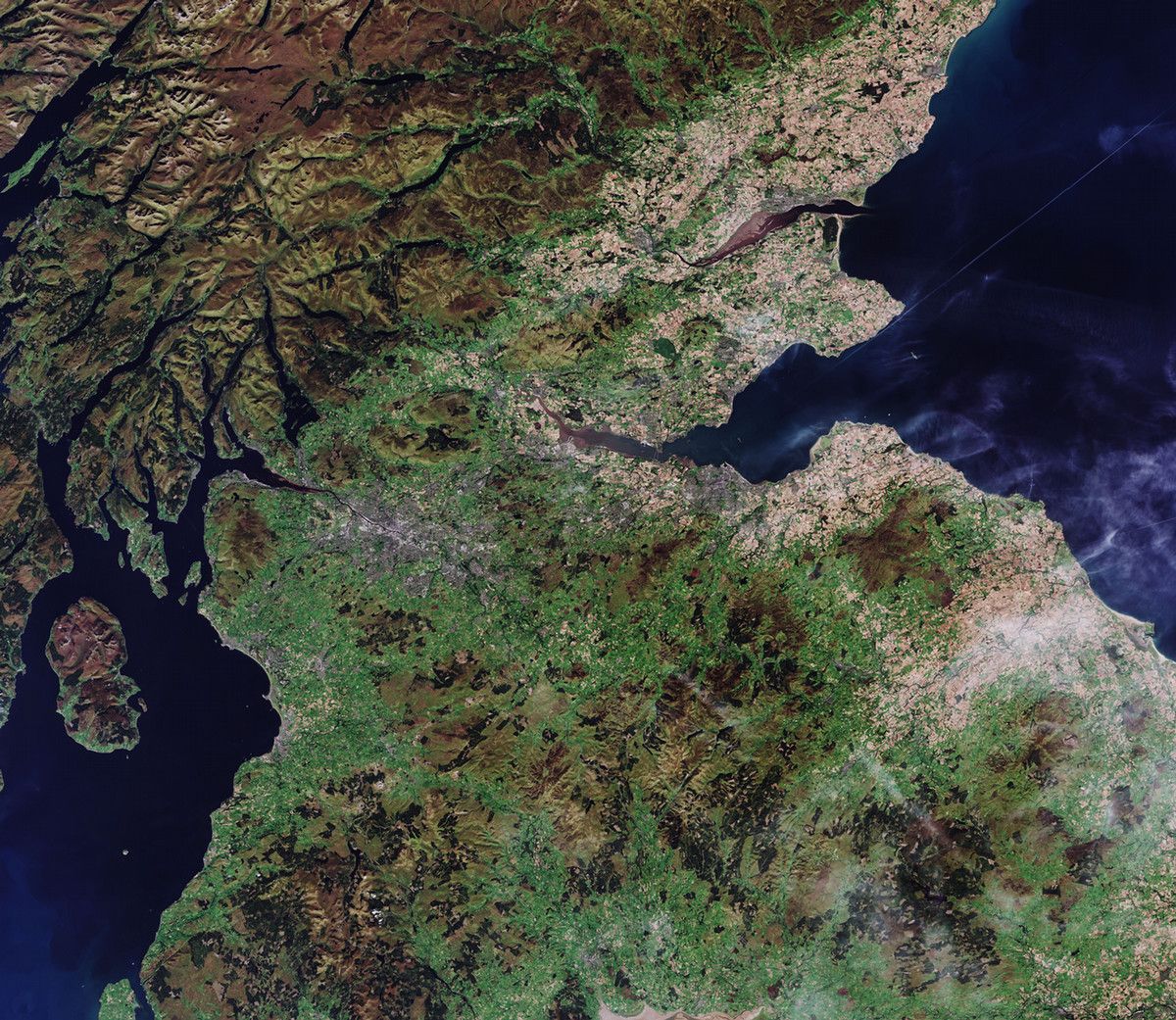If you look at a map of Scotland, you may notice a line cutting straight through the country. This line, called the Great Glen Fault, is the result of a long geological history that has in turn impacted the history of Scotland itself.
The fault was formed 430-390 million years ago during the Caledonian Orogeny. In this period, earth’s land mass was divided into two large continents, Laurentia and Gondwana. What we now call the island of Great Britain was split between these continents. Eventually, the two continents collided at the Great Glen Fault, forming the island. The visible line is much more recent, though. It mostly emerged as a result of glacial erosion along the shattered fault zone during the last glacial period, which ended about 10,000 years ago. Most of the region had been covered in ice for a few million years, but as the glaciers receded, they deeply dug into the land along the fault zone. These grooves became a series of aligned valleys and lochs known as the Great Glen.
Without the Great Glen, we wouldn’t have Scotland as we know it today. For example, the Great Glen was a pivotal highway uniting the highlanders in their uprisings against English rule. Moreover, during the industrial revolution, a series of canals and railways through the Great Glen helped modernize Scotland’s economy. Additionally, because the fault is still the seat of moderate seismic activity, some have theorized that stories about the Loch Ness Monster might be explained by rumbles and waves caused by the fault! All these parts of Scottish history are thanks to events that happened millions of years before any human came to Scotland!










